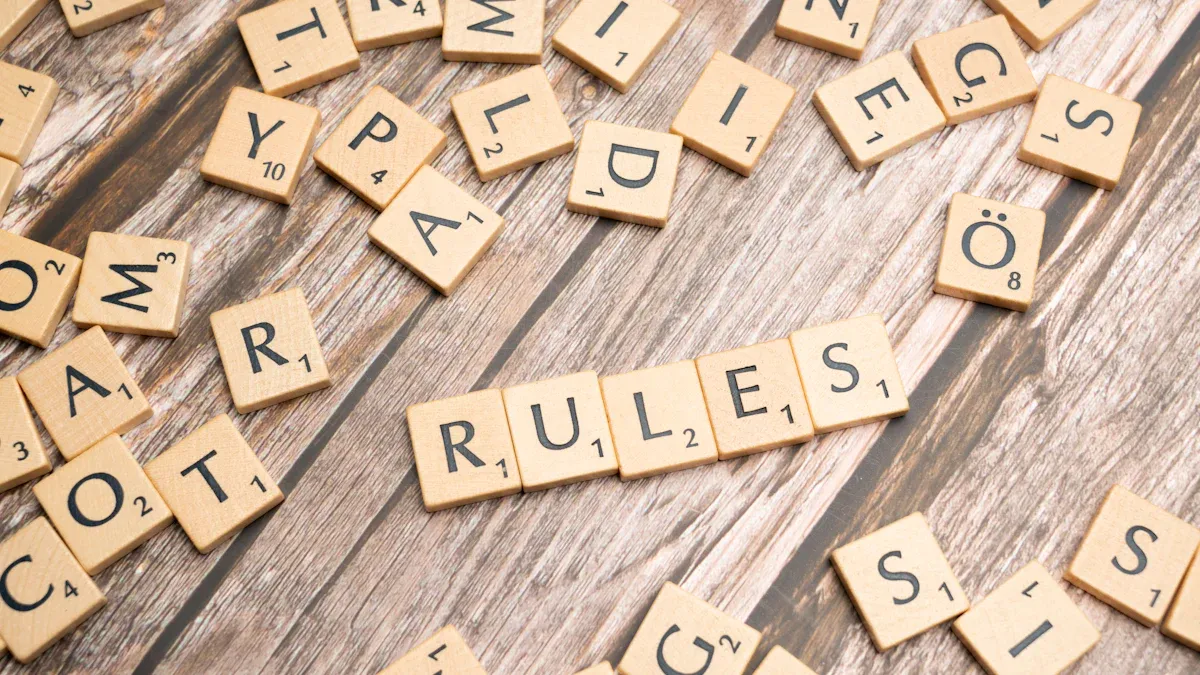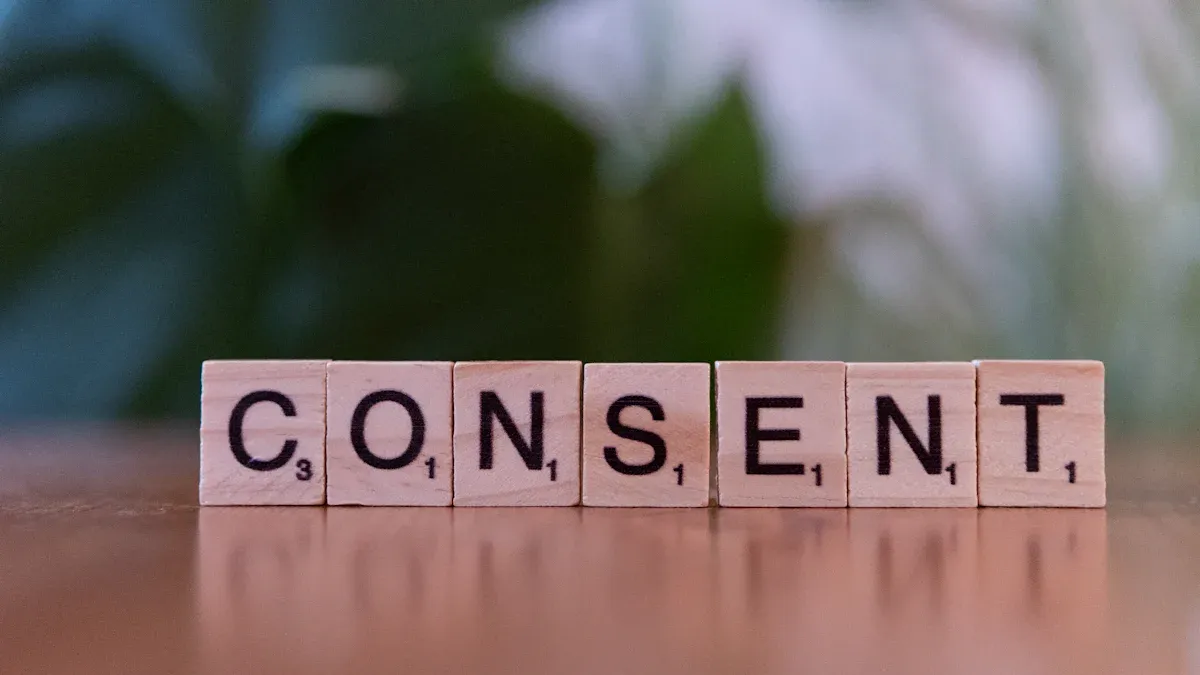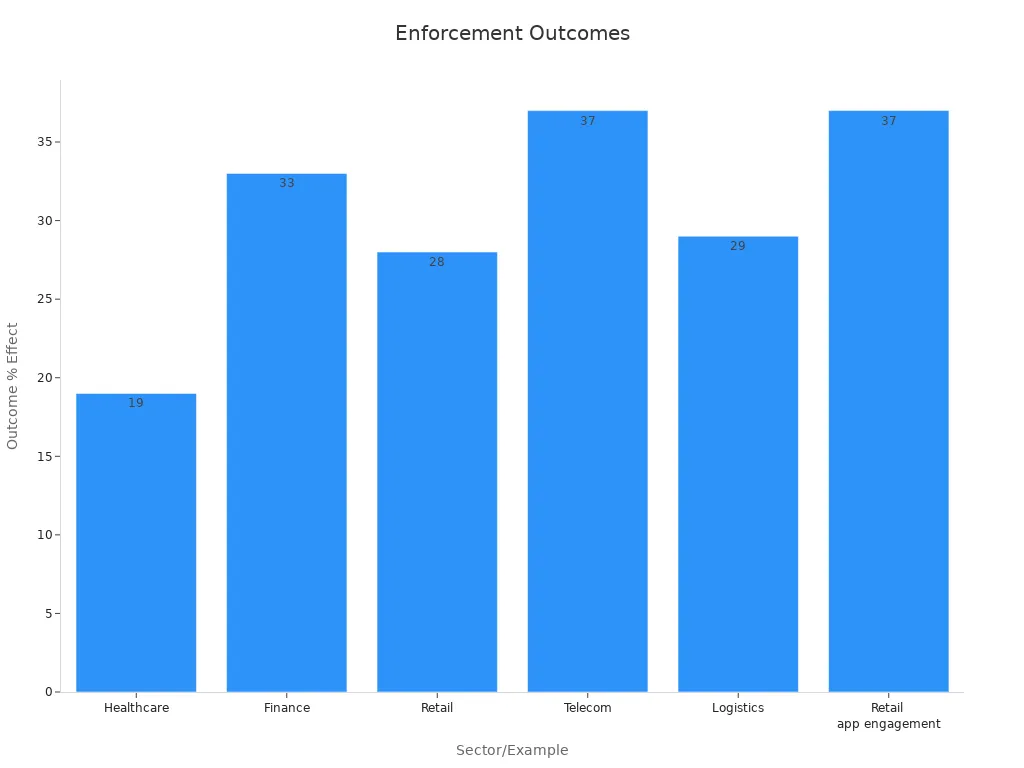Building an Ethical Review Board for AI Content

An Ethical Review Board for AI content helps keep trust online. Many people think AI is growing fast. This is good, but it can also be risky.
78% think generative AI gives more good than bad, but only 39% feel it is safe.
85% of people want AI to be safe and protected.
60% of companies using AI do not have ethical rules, and 59% of workers say AI results are unfair.
Responsible AI governance helps with these worries. Groups make oversight teams to check for fairness, openness, and responsibility. The right board must answer big questions: who should join, what should they do, and how can they help? Making a good board needs clear steps and a strong goal.
Key Takeaways
An Ethical Review Board keeps people safe. It checks that AI systems are safe and fair. The board also makes sure AI follows ethical rules. Picking board members with many skills helps a lot. People from different backgrounds can find problems early. This helps the board make better choices. Having members from inside and outside the company is good. It helps balance company goals with fairness. It also makes things more open. Clear steps for reviews help the board be fair. Strong rules help keep AI trustworthy. Training the board often is important. Talking openly and checking work often helps too. These things help the board do a good job as AI changes.
Purpose & Role
Mission
The mission of an AI content review board centers on protecting people and upholding ethical standards. These boards set clear goals to guide how organizations use AI. They work to ensure that AI systems respect human rights and follow laws. In healthcare, for example, review boards have shaped how AI projects get reviewed. They look at possible risks and benefits, just like they do for research with people. They also keep watch after AI systems launch, checking for new problems and making sure the systems stay safe and fair.
Many organizations use global standards to guide their boards. The Common Rule and the Declaration of Helsinki help set the rules for ethical research. These rules focus on respect, fairness, and doing good. In one case, a board at the Department of Veterans Affairs stopped a study because it did not explain how it used AI. This action protected people and built trust. Boards also help make review steps clear and fair for everyone.
A strong mission gives the board a clear path. It helps everyone know what is right and what is not.
Key Functions
AI review boards have several important jobs. They check if AI projects are safe and fair. They look at how AI might help or harm people. They make sure people understand how AI will use their data. Boards also check if AI systems work as promised and keep users safe.
Review boards:
Assess risks and benefits before AI projects start.
Oversee projects to make sure they follow ethical rules.
Monitor AI systems after launch to catch new problems.
Guide teams on how to fix issues and improve systems.
Work with experts from different fields to cover all angles.
Research shows that these boards need people with many skills. They must keep learning as AI changes. Boards often face challenges, like not having enough AI experts. Still, their work helps organizations stay responsible and adapt to new rules.
Board Composition

Member Selection
Picking the right people for an Ethical Review Board is important. Groups need members with skills in technology, law, ethics, social sciences, and community work. Each person brings a different idea to the table. This helps the board see every side of a problem.
Groups like UNESCO and the World Health Organization have rules for picking members. These rules say boards should have both staff from inside and experts from outside. Inside members know what the group wants to do. Outside members bring new ideas and help stop unfair choices.
A good board can find problems early and help teams make smart choices.
Groups often use a process to pick members. They might ask leaders, workers, or people in the community for names. After getting names, a team checks each person’s skills and background. The team looks for people who work well together and care about fairness and safety in AI.
Diversity & Expertise
Having different kinds of people and skills makes a board strong. When people from many backgrounds work together, they share new ideas. They also question each other’s thoughts. This helps the board make better choices and keeps AI safe.
Companies with two or more directors who are Black, Hispanic, Asian, or women had earnings grow by 12.3% in three years.
Companies with no diverse directors only grew by 0.5% in the same time.
Reports from McKinsey, Citi, and Deloitte say that having people from different backgrounds on boards helps companies earn more, compete better, and have a good work place.
Studies show that diversity helps boards handle risks and plan for the future because members have different life stories.
Studies also say that having a mix of people on boards can make a company worth more and do better. But, these good things depend on how the group is set up and what it values. Boards should think about these things when choosing members.
A board with many skills can do more. For example, data scientists, doctors, ethicists, and social scientists all see AI in their own way. Having patients or people from the community makes sure AI tools help real needs and follow rules. This mix helps the board find problems early and fix them better.
Clear jobs for AI developers, health leaders, and other experts help boards keep AI projects safe.
Teams with many kinds of people lower bias and make training data better.
Learning new things helps board members keep up with changes in AI.
Boards with different members help make things open, fair, equal, and trusted.
A board with many kinds of people and skills builds trust and helps use AI the right way.
Ethical Review Board Structure

Internal vs. External Members
An Ethical Review Board works best with both inside and outside members. Inside members know what the company wants to do. They can get data and see how things work every day. They help the board see how AI fits into the company’s work. But, it can be hard for them to stay fully fair because they work there.
Outside members bring new ideas. They may come from other companies, schools, or the community. These members help the board stay fair and open. They also help explain new rules and standards. Sometimes, outside members write reports for the company. These reports are not always shared with everyone. Both inside and outside members have problems, like unclear rules and not enough resources. When both groups work together, the board gets stronger. It becomes more open and better at keeping people safe.
Having both inside and outside members helps the board balance what the company wants with what is right.
Subcommittees
Subcommittees help the board look at special topics. Each subcommittee studies one thing, like privacy, fairness, or safety. This setup lets experts look closely at problems and find better answers.
Temporary (ad hoc) for short-term problems
Permanent (constitutional) for things that last
Advisory to give expert advice
Joint, with people from different groups
Subcommittees often check projects, give advice, and meet less formally than the main board. Clear jobs, written rules, and checklists help them do well. Training helps all members, even those who are not experts, join meetings and make good choices.
A story from the Fragile Families Challenge shows that a careful board setup, with clear jobs and honest talks, can lower risks and build trust. Boards with subcommittees and different kinds of members make better choices and keep people safer.
Subcommittee Type | Focus Area | Benefit |
|---|---|---|
Ad hoc | Short-term issues | Quick response |
Constitutional | Ongoing needs | Consistent oversight |
Advisory | Expert advice | Informed recommendations |
Joint | Mixed membership | Broader perspective |
Decision Process
Review Steps
A strong decision process helps an Ethical Review Board make fair and clear choices. Each review starts with a clear plan. The board gathers all project details and checks if the AI system meets ethical standards. Members discuss possible risks and benefits. They listen to different views and record every step.
The board keeps detailed meeting minutes. These notes show who attended, what they discussed, and what decisions they made.
They write down why they made each choice, especially for tough issues.
The board records any disagreements. This shows respect for all opinions.
They track action items, assign tasks, and set deadlines.
The board uses digital tools to store records safely and make them easy to find.
Clear voting rules and a set number of members needed for decisions help the board stay fair.
Members can abstain or vote by proxy if they have a conflict or cannot attend.
Regular and special meetings keep the board alert to new problems.
Ethical decisions in AI need many skills and careful steps. Boards use these steps to build trust and keep their work open.
Authority & Enforcement
The board’s authority comes from clear rules and strong follow-up. They set what must happen if a project does not meet ethical standards. The board checks if teams fix problems and follow advice. They use real numbers to see if their rules work.
Sector/Example | Measurable Outcome | Description |
|---|---|---|
Healthcare | Diverse data improved AI accuracy | |
Finance | 33% faster loan approvals | Clear rules sped up decisions |
Retail | 28% sales increase | User controls boosted sales |
Telecom | 37% fewer complaints | Simple AI explanations helped users |
Logistics | 29% fewer delivery errors | Reviews and dashboards cut mistakes |
Retail (apps) | 37% more app use | Clear AI logic raised engagement |

Boards also check AI systems often. They look at monthly and yearly reports. They test how teams handle problems. These steps help the board see if their rules keep people safe and build trust.
Resources & Best Practices
Training & Education
Board members need training to handle new AI problems. They must learn about technology, ethics, and laws. Workshops and online classes help everyone keep learning. Boards use real-life stories to show problems and answers. Sometimes, experts from outside come to teach about new risks or rules. Good training plans help new members learn fast. When the board learns together, they make better choices and find problems early.
Tip: Plan training every three months to keep skills fresh.
Transparency
Being open helps people trust the Ethical Review Board. When the board explains its choices, people feel safer. Studies show that being open helps everyone know how AI works and who is in charge. It also protects rights and helps make things fair. In healthcare, clear talks about AI and data use help patients trust the system. Boards should share meeting notes, review results, and explain how they handle conflicts of interest. These actions make the board’s work honest and easy to see.
A review of AI ethics says being open is very important. It makes sure AI is fair and leaders are responsible. Being open also helps protect freedom and lets people give informed consent, which matters a lot in healthcare. Boards sometimes struggle to balance being open with keeping things private, but clear rules and honest talks help fix these problems.
Continuous Improvement
Boards must keep getting better as AI changes. Checking what the board does helps find what works and what needs to change. Many boards ask users and experts for ideas to improve. Using global rules, like those from UNESCO, helps boards do things the right way. Boards should update their rules and training when new risks show up. Keeping good records and checking progress every year helps the board stay strong and trusted.
Best Practice | Benefit |
|---|---|
Ongoing training | Informed decisions |
Open communication | Builds public trust |
Regular evaluation | Adapts to new risks |
Global standards | Follows best practices |
Building a strong review board starts with clear goals and the right mix of experts. Teams should set up training, use open processes, and check progress often. AI changes fast, so boards must keep learning and improving.
Every group can take action now. Start or improve a review board to guide safe and fair AI use.
FAQ
What is an Ethical Review Board for AI content?
An Ethical Review Board checks if AI projects follow rules and protect people. The board reviews risks, fairness, and safety before and after AI systems launch.
Who should join an AI Ethical Review Board?
The board needs experts in technology, law, ethics, social sciences, and community work. This mix helps the board see problems from many sides and make better decisions.
How often should the board meet?
Most boards meet every month. Some meet more often if there are urgent issues. Regular meetings help the board stay updated and respond quickly to new risks.
Why does diversity matter on the board?
Diversity brings new ideas and helps the board spot hidden risks. Teams with different backgrounds make fairer choices and build more trust with users.
See Also
Transforming Blogging With AI Tools That Redefine Content Creation
Writesonic And QuickCreator Face Off In Content Creation Battle
Complete Guide To Achieving SEO Mastery Using Perplexity AI
Strategies For Content Analysis To Surpass Your Industry Rivals
Five Essential Steps To Find The Perfect Marketing Consultant

